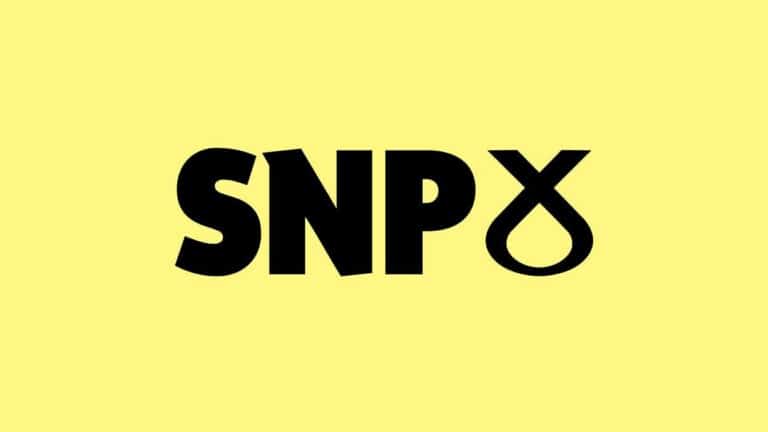Introduction
The SNP was born in 1934. It was not very successful as a political party (poor results). In April 1945, the SNP sent for the first time an MP to Parliament (Motherwell by-election).
In July, of the same year, it lost its unique seat during the general election.
1950s: poor results
Due to the lack of cohesion within the party: there were lots of divisions on several issues. And it had a negative image in public opinion: nationalism was considered evil and often associated with Nazi Germany and World War II.
1960s: breakthrough
1967: Hamilton by-election won by the SNP. The candidate elected was a woman, Winnifred Ewing.
1968: local elections. Very good results for the SNP.
People felt Scotland was spared the benefits of the economic boom of the United Kingdom. Scotland was among the regions which benefited the least. There was a feeling of discontent among the Scots. The SNP made progress.
After 1968, the SNP started to be taken seriously by both the Labour and the Conservative parties. Reactions :
- Conservative Party (in opposition)
In May 1968, Edward Heath (leader of the Conservative party) said he would give Scotland an Assembly: this is known as the “Declaration of Perth”. He created a constitutional committee presided by Sir Alec-Douglas-Home. The committee produced a report called “Scotland’s Government” in 1970.
Recommendations:– creation of a Scottish Assembly,
– 125 members elected directly,
– powers to initiate and discuss Bills (to be approved by the British Parliament in Westminster). - Labour Party (in office)
The Prime Minister, Harold Wilson, appointed the Royal Commission on the Constitution in 1968. The chairman was Lord Kilbrandon and it is referred to as the “Kilbrandon Commission”. It produced 2 reports in 1973.
Recommendations:– creation of a Scottish Assembly,
– members elected directly by Proportional Representation (a major innovation compared to the first-past-the-post system).
1970s: ups and downs
The 1970’s General Election saw the Conservative victory. Edward Heath became Prime Minister. In 1968, he had said that he would give Scotland its Assembly… it was no longer on the agenda.
One of the priorities was the EEC membership (should Britain join the European Union: she did in 1972) and the industrial relations. SNP got bad results and was less of a threat to the other parties. And there was the argument that a commission had been appointed.
1971: discovery of oilfields in the North Sea. The SNP used it as an argument: Scotland could be independent because it had enough money. It gave a boost to the SNP, which launched a campaign entitled “It’s Scotland’s Oil”.
1974: general election. SNP results:
February: 22.1% 7 MPs
October: 30.4% 11 MPs
No party obtained the majority in Parliament: “hung Parliament”. Small majority with the 2nd election in October.
October 1976: the Scotland and Wales Bill was introduced in the House of Commons. The Labour Party in Scotland was not in favour of devolution. Strong opposition from Labour and Conservatives: hundreds of amendments were proposed. As there were too many divisions and amendments, the Labour Government chose to withdraw the Bill.
November 1977: the Scotland Bill and the Wales Bill were introduced in the House of Commons. Why a new try ? Because the Labour Government had lost its majority and relied on the Nationalists or the Liberals. So two different Bills: one for Scotland and one for Wales. 1977: Lib-Lab pact (Liberals and Labour governing together).
February 1978: the Scotland Act. It was never applied as 2 amendments killed the Act:
- 1st amendment: a referendum should apply the Scotland Act (the Scots should vote for it),
- 2nd amendment: minimum threshold of 40% of “Yes” votes, called “the 40% rule” or “the Cunningham Amendment”: 40% of the registered voters should vote “Yes”.
The referendum took place on March 1st 1979. The turnout was 63.8%.
– 51.6% Yes [32.5% of registered voters]
– 48.4% No [30.8% of registered voters]
A motion of no confidence is voted by the SNP and the Conservatives (a kind of alliance). It was adopted by a majority of 1 vote and, as a result, the Prime Minister resigned. The Parliament was dissolved and a general election was set up.
May 1st, 1979: Conservative victory: Margaret Thatcher becomes Prime Minister. The Scotland Act was immediately repealed.
Synopsis » Scottish Politics: devolution
- Scotland: the State, the Nation, Home Rule, and Devolution
- Scottish Home Rule
- The Act of Union of 1707
- The rise of the Scottish National Party (SNP)
- The Scottish Parliament

